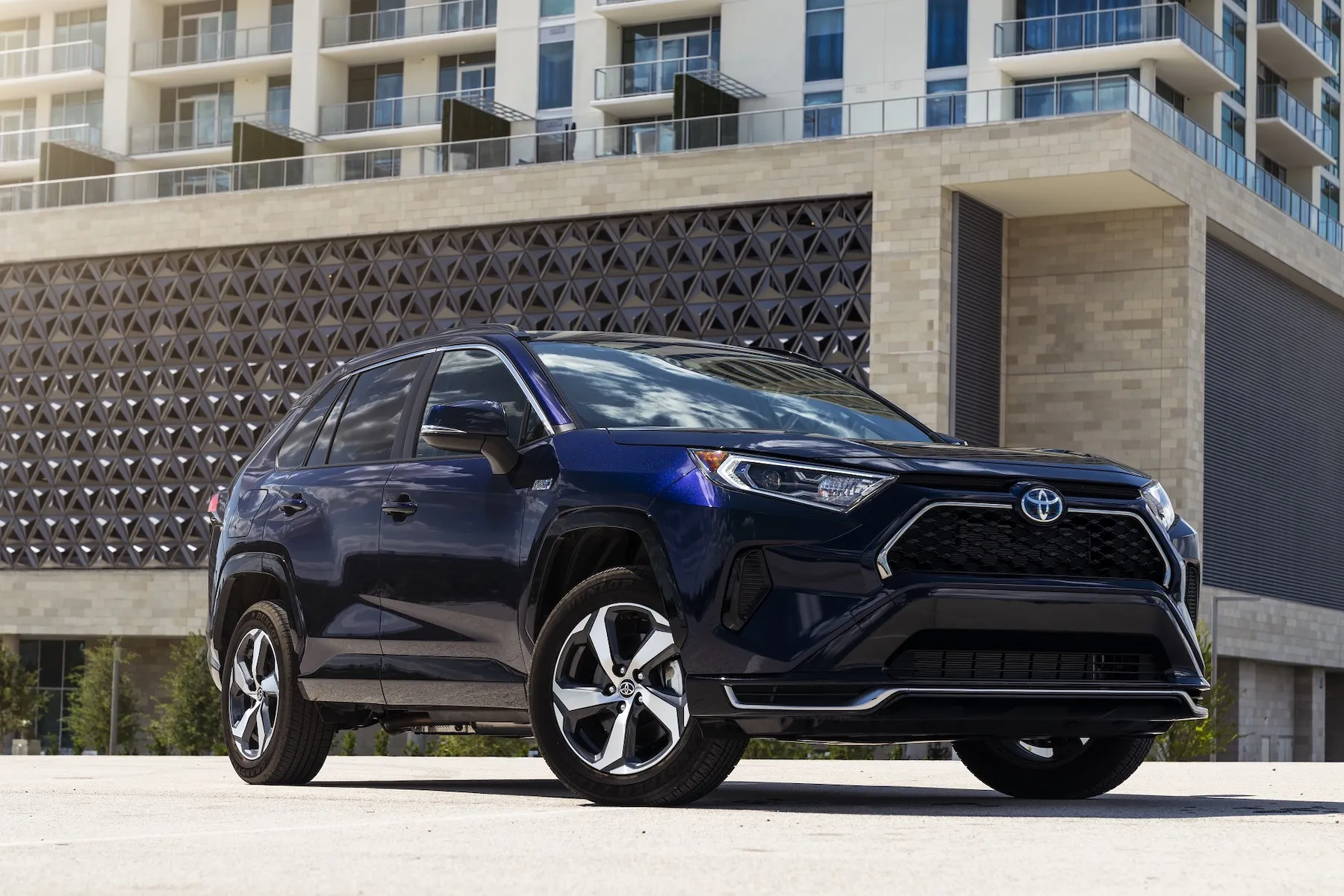The Importance of Treadwear on Tires
Tires are an essential part of your car, forming the connection between the vehicle and the road. Good tires can be the difference between a smooth, comfortable, and safe ride and absolute disaster, so you should ensure you get the best tires. You are ultimately responsible for ensuring that the tires you have are correctly inflated, have the right tread depth, and the wheels are properly aligned.
What Happens if You Have Low Tread?
If you have low tread on your tires, you will be risking your contact with the road.
A vehicle with low tread will have problems with traction, making it difficult to control especially on slick roads. This will have a negative impact on your ride comfort, but also your ability to brake safely, even on a dry road.
In wet weather, you are more likely to aquaplane with poor tread, and you’ll notice that the roads become dangerously slippery because you don’t have the right amount of contact.
When it comes to snowy driving, specific winter tires will be constructed of a specific rubber compound that does not harden in the cold, and it also has a different tread pattern to improve grip in dangerous conditions.
What is Tread Depth?
A new tire will usually come with a tread depth of about 8-9mm. When you are purchasing new tires, you need to consider the season and the type of driving that you will be doing. Summer tires have a different rubber composition to winter tires, and if you live in a place with milder winters you might prefer to get good quality all-season tires. Make sure to buy Yokohama tires as they offer this wide range.
Each tire has tread wear indicators, also known as wear bars, built into the structure. These are spread throughout the tire surface, and if the tire is worn enough to be flush with these indicators, then it is time to replace the tires. Winter tires will have these too, and if these are flush with the tread that means that the tire is no longer safe for use for winter driving – and this will happen at a deeper tread depth than a regular tire.
You can also check your tire tread depth with a probe-like indicator. If the depth on a summer or all-season tire gets below 1.6mm, then you need to replace it immediately.
When you are checking your tire depth, which you should do regularly, check in different areas around the tire because in some circumstances tires can wear unevenly, which can be indicative of different problems.
Uneven Tire Wear?
Whether you are checking your tire tread depth using a gauge or the built-in wear bars, you might notice that the areas of wear are not spread in a uniform way around the tire. There are specific wear patterns that can indicate an issue, whether it is the way you are driving or a mechanical fault elsewhere in the vehicle. Spotting these early can help avoid costly mistakes in the future, so it is worth checking out.
- Wear in the center – this indicates that your tire is over inflated and means that the whole surface area of the tire is not contacting the road.
- Wear at the edges – this wear pattern suggests that you have been regularly driving with your tires underinflated, which can increase fuel consumption and reduce grip.
- Feathering – if the wear is uneven across the tire, you might have been cornering too aggressively, or your wheels are misaligned.
- Flat spot wear – this is usually found in tires when there has been excessive hard braking, especially emergency braking (when rubber gets left on the road). It can also suggest problems with your braking system.
- Cupping – if the wear is like scoop marks, this can indicate that there are issues with your suspension and shock absorbers.
- One-sided wear – this is the biggest indicator that your wheels are not correctly aligned, as the pressure is not evenly spread
- Wear on the sidewall – this is usually combined with scratches and damage to the rims and is caused by parking too close to the curb.
For the safest (and most comfortable) drive, check your tires regularly.





